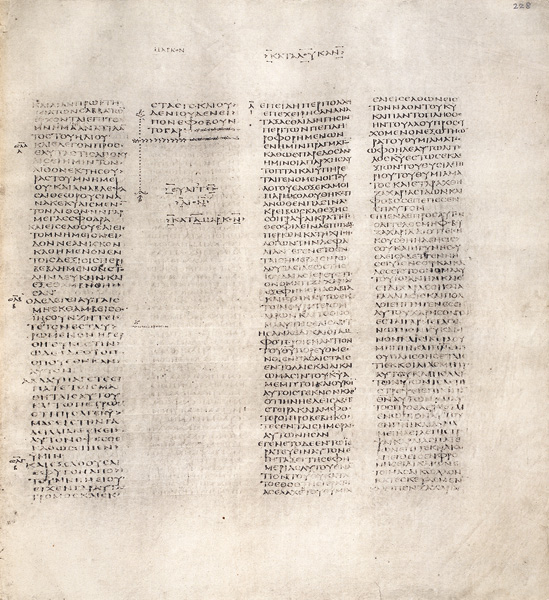
In 1844, the German scholar and adventurer Constantin Tischendorf came across several leaves of an ancient Greek Bible in St. Catherine’s Monastery, at the foot of Mt. Sinai. The pages turned out to be part of a fourth-century Greek manuscript that contains what is still the earliest known complete New Testament. Unfortunately, very few modern scholars have been able to consult the complete manuscript, because Tischendorf removed about 400 of the codex’s leaves from the monastery and they have since been divided among three collections: the British Library (which today holds 346½ leaves), the Leipzig University Library (43 leaves) and the National Library of Russia. Other leaves remain at St. Catherine’s.
No one has seen the entire book since its rediscovery, and access to all the leaves has been severely limited. Now, the four institutions and the Society of Biblical Literature (SBL) are collaborating with a digitizing team at Harvard’s Widener Library to bring the pieces of the codex together again—on the Web, on CD-ROM and in print. The project is expected to take four years.
Already a library member? Log in here.
Institution user? Log in with your IP address.

